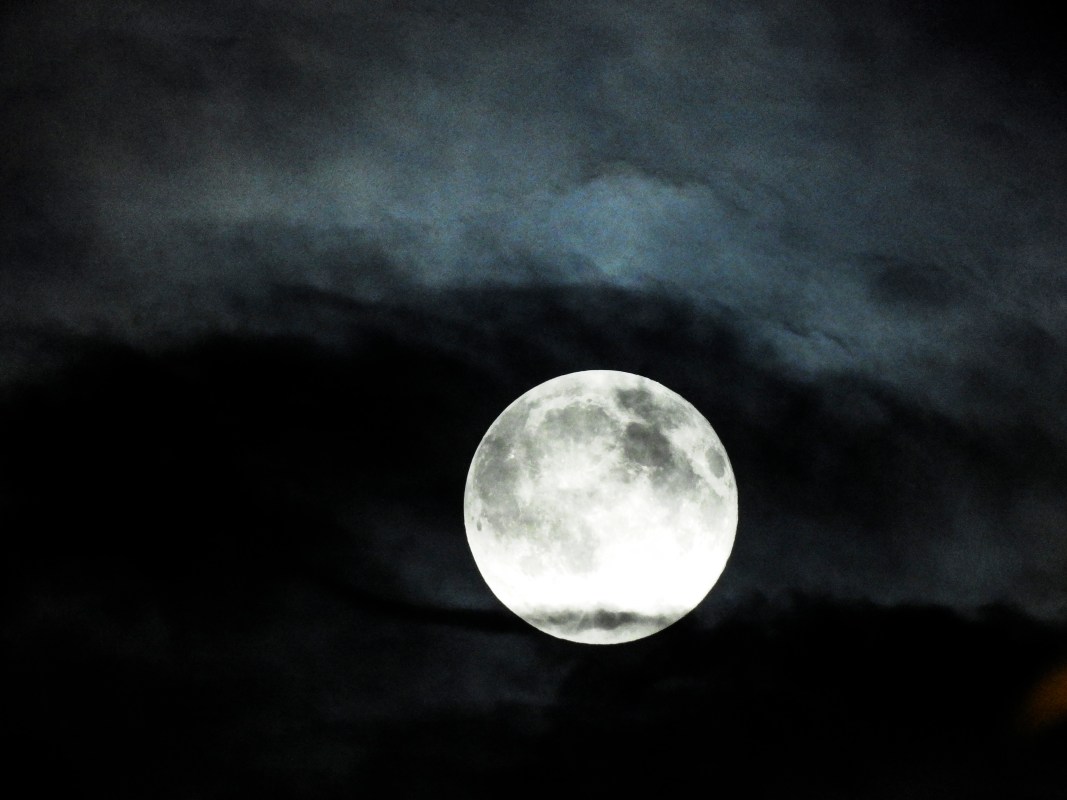Aside from the lasting and obvious physical imprint humanity has had on the Earth — like the nearly countless buildings and roads we’ve constructed — the slightest contact we’ve had with its most remote areas is beginning to take effect.
Unwitting humans likely brought Eretmoptera murphyi, a flightless insect, to the Antarctic and now, the species is flourishing, Atlas Obscura reported.
“(The insects) are tiny and cannot be seen easily with the naked eye,” said scientist Peter Convey in a statement. “Tourists and researchers may be bringing them in from their stopovers in the sub-Antarctic and moving them around the continent in the mud on their boots.”
According to researchers, the midges are killing off the 1% of plant life that’s able to survive in the region and sickening Arctic birds.
Meanwhile, millions of tons of plastics are invading the world’s oceans and infiltrating the deepest part — the Mariana Trench some 35,787 feet below the surface. Even at these depths, plastic bags have been discovered.
And although only a dozen people have ever stepped foot on the moon, humanity’s telltale climate change effects can be felt there, too. Since temperature sensors were placed on its surface in the 1970s, scientists have noticed an alarming warming trend on the celestial body. Over time, the footprints, wheel tracks and space junk left behind on the moon have altered its temperature.
Thanks for reading InsideHook. Sign up for our daily newsletter and be in the know.


















